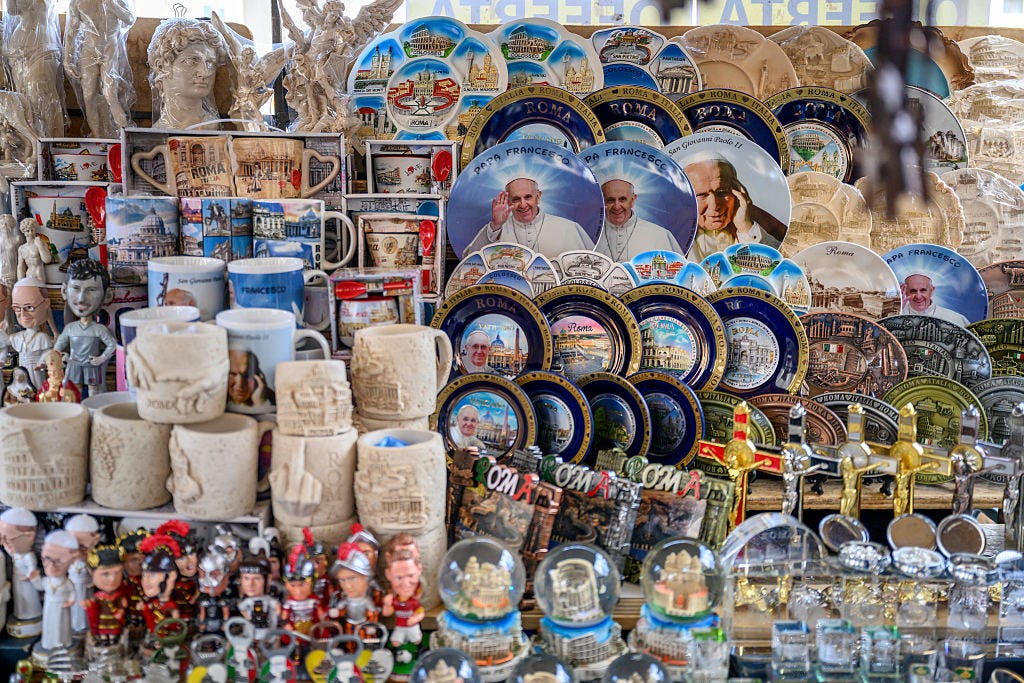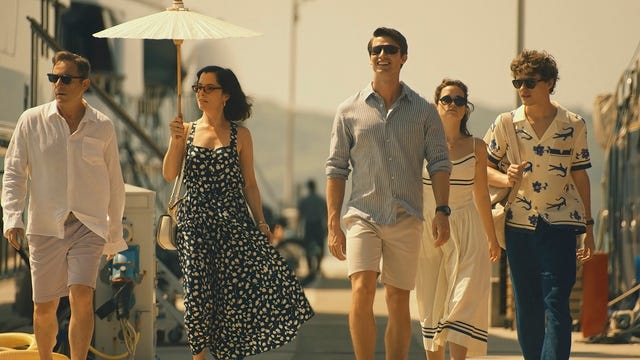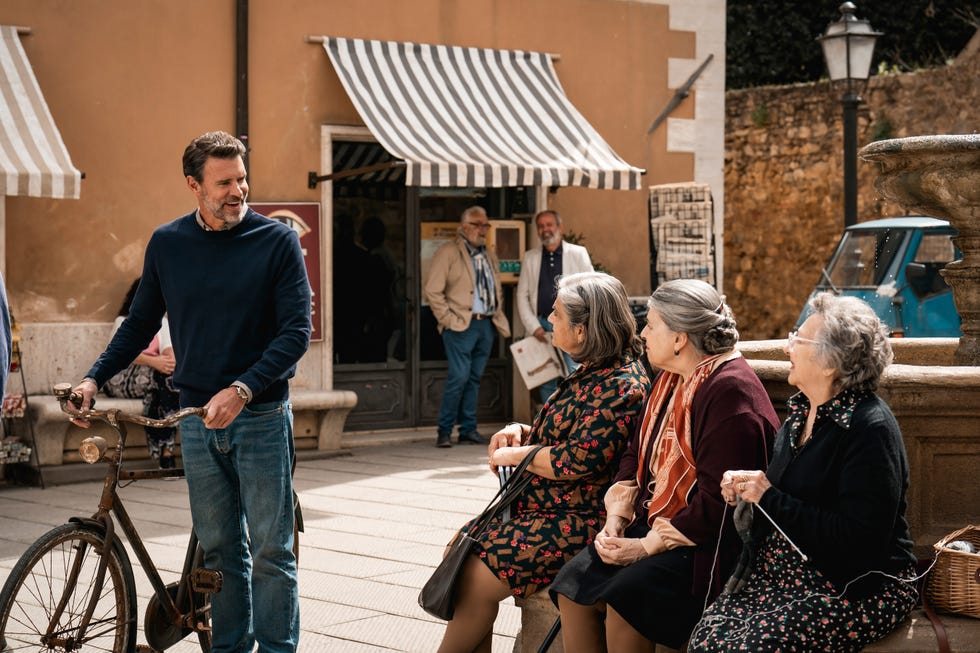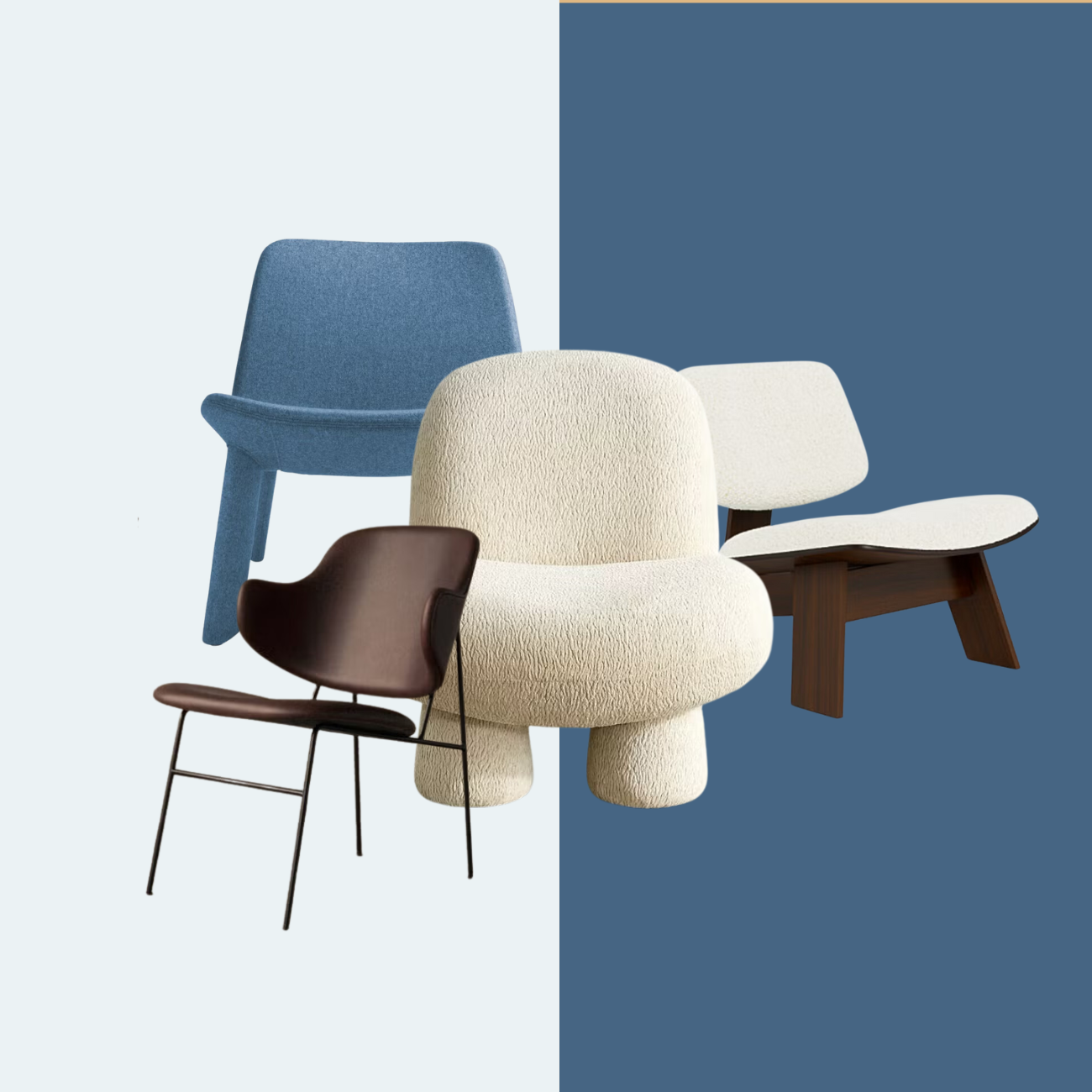The bells of Rome tolled on Monday morning as news spread of Pope Francis’ death at 88, marking the end of a transformative papacy that began in 2013. As thousands gather in St. Peter’s Square, Vatican officials have initiated the rituals that will culminate in one of the most watched religious ceremonies in the world: a papal funeral that will blend centuries of tradition with Francis’ characteristic simplicity. Here is everything we know about Pope Francis’ funeral.
When Will the Funeral Take Place?
The exact date hasn’t been announced, but according to Vatican protocol, papal funerals typically occur between the fourth and sixth day after death. Cardinals from around the world are now gathering in Rome to determine the precise timing of the service. The funeral Mass is expected to last approximately two and a half hours, conducted primarily in Latin, with Cardinal Giovanni Battista Re, the 91-year-old dean of the College of Cardinals, presiding over the ceremony.
During a nine-day mourning period, Vatican flags fly at half-staff, and the bronze doors of St. Peter’s Basilica remain closed as a sign of respect. This tradition, called the Novendiales, dates back to ancient Roman times and provides a solemn period for the faithful to mourn their spiritual leader.
Where Will the Service Be Held?
Weather permitting, Pope Francis’ funeral Mass will take place in St. Peter’s Square. If history serves as any indication, the funeral could rival that of Pope John Paul II in 2005, which drew approximately four million people and became one of the largest gatherings of world leaders in history, with four kings, five queens, and about 70 presidents and prime ministers in attendance.
The choice of St. Peter’s Square as the venue allows for maximum participation. The square’s vast expanse, framed by Bernini’s famous colonnades, provides an appropriately grand yet accessible setting for the occasion.
What is St. Peter’s Square?
St. Peter’s Square (Piazza San Pietro) is the massive open-air plaza located directly in front of St. Peter’s Basilica in Vatican City and was designed by Gian Lorenzo Bernini between 1656 and 1667. The square is framed by a colonnade consisting of 284 columns and 88 pilasters arranged in four rows. Adorning the top of the colonnade are 140 statues of saints, created in 1670 by Bernini’s disciples.
At the center of the square stands an ancient Egyptian obelisk flanked by two fountains—one designed by Bernini in 1675 and another by Carlo Maderno in 1614. The square is designed to symbolize «the maternal arms of Mother Church» embracing visitors, and it can accommodate more than 300,000 people during major events. From above, the piazza resembles the shape of a keyhole, designed in reference to the keys handed to Peter by Christ: the key to Heaven and the key to the church.
There are two white circles amid the cobblestones of St Peter’s Square which mark special vantage points. From these marked spots, the columns align in such a way that the three outer rows seem to disappear.
What Rituals Will Take Place?
The rituals surrounding a pope’s death and funeral follow a carefully prescribed sequence outlined in the «Ordo Exsequiarum Romani Pontificis» (Order of Burial for Roman Pontiffs), a slim red volume that Francis himself revised in 2024.
The Declaration of Death
The first ritual began immediately after Francis’ death with the formal confirmation of his passing. Unlike his predecessors, whose deaths were confirmed in their bedrooms within the Apostolic Palace, Francis’ death was verified in his personal chapel at the Vatican’s Santa Marta hotel, where he chose to live instead of the more luxurious papal apartments.
The camerlengo, Cardinal Kevin Farrell, one of Francis’ most trusted aides, presided over this moment. After the Vatican health service chief examined the body and prepared a death certificate, the camerlengo formally declared the pope’s death and drafted the official declaration. In a symbolic gesture marking the end of Francis’ papacy, the camerlengo ceremonially destroyed the papal Fisherman’s Ring to prevent unauthorized use.
The Preparation and Viewing of the Body
Following the declaration of death, Pope Francis’ body was dressed in white and then in red liturgical vestments, with his head covered by the traditional white miter. Unlike his predecessors, whose bodies were displayed on elevated platforms (catafalques), Francis’ body has been placed directly in a simple wooden coffin lined with zinc, in accordance with his wishes.
The pope’s body now lies in state in St. Peter’s Basilica for public viewing, allowing the faithful to pay their respects. When the body was brought into the basilica, the Litany of Saints was chanted, with the camerlengo leading the procession. The coffin is positioned facing the pews, with the Paschal candle—a large, decorated candle used at Easter—placed nearby as a symbol of the resurrection.
The Sealing of the Coffin
The night before the funeral, the camerlengo will preside over the closing and sealing of the coffin in the presence of other senior cardinals. A white silk cloth will be placed over the pope’s face in a solemn gesture of farewell.
A small bag containing coins minted during Francis’ papacy will be placed in the coffin, along with a one-page written account of his papacy—known as a «rogito.» This document will be read aloud by the master of liturgical ceremonies, rolled up, and placed inside a cylindrical tube within the coffin. Another copy will be kept in the Vatican archives.
The Funeral Mass
The funeral Mass itself will follow the traditional structure of a Catholic funeral, but with special papal elements. The Swiss Guards, who have protected popes since 1506, will kneel during the consecration of the host—a gesture reserved for papal liturgies.
After the Mass, the coffin will be carried through the «door of death» to the left of the main altar in St. Peter’s Basilica, while a 10-ton funeral bell tolls. The congregation will chant lines from Psalm 117 («Open to me the gate of justice») and Psalm 41 («In the splendid company of the saints, I will go to the house of God»).
What Happens After the Funeral?
Following the funeral and burial, the Church will continue the nine-day mourning period, with daily prayer services and requiem Masses held in Catholic churches worldwide and at St. Peter’s Basilica.
Meanwhile, the cardinals will begin meeting in «General Congregations,» a period of discernment and discussion where various papal candidates give speeches about their visions for the church. This process will eventually lead to the conclave, where the cardinals will elect Francis’ successor.

Julia Cancilla is the engagement editor (and resident witch) at ELLE Decor, where she manages the brand’s social media presence and covers trends, lifestyle, and culture in the design world. Julia built her background at Inked magazine, where she grew their social media audiences by two million, conducted interviews with A-list celebrities, and penned feature articles focusing on pop culture, art and lifestyle. Over her five years of digital media experience, Julia has written about numerous topics, from fashion to astrology.







